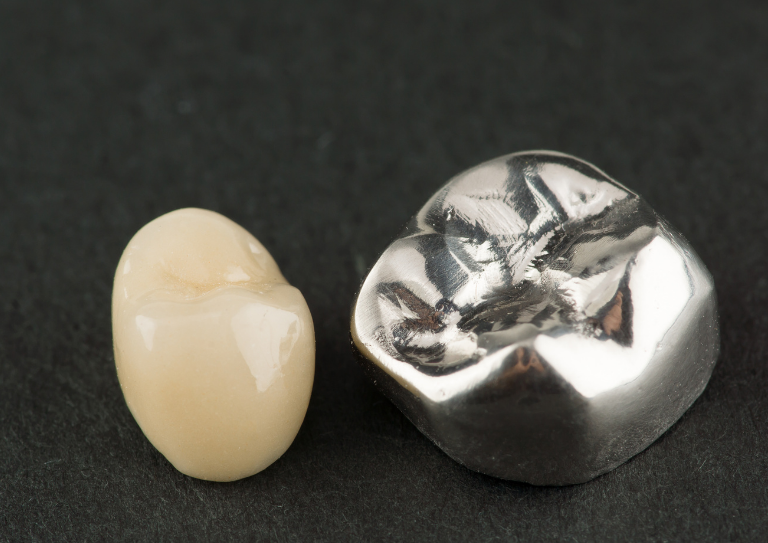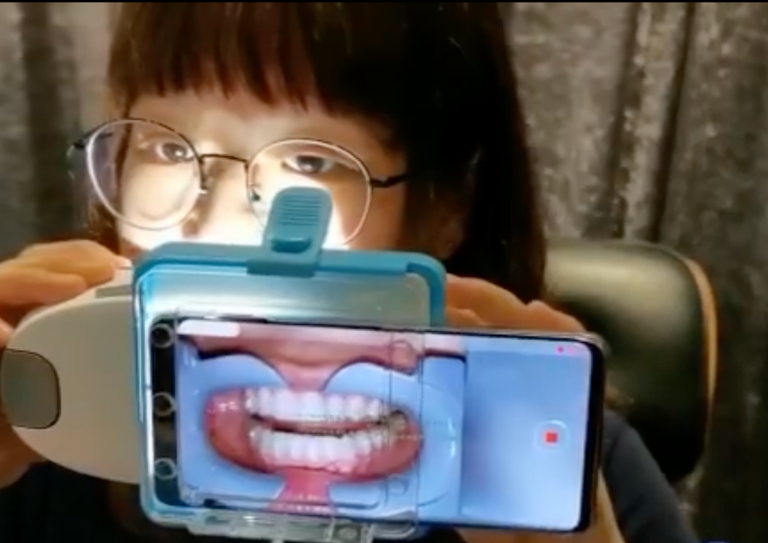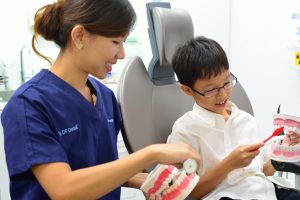Just like new technology and innovative materials have revolutionised how we live, as oral health practitioners, we find that this technology has also improved our productivity as a business and enabled us to offer a better experience for patients.
And now, in the post-COVID era, digitalisation in dentistry is more pertinent than ever. We need to rely on digital tools to increase patient safety and control cross-contamination.
Understanding Digitalisation in Dentistry
Let’s take a look at how some of these tools and technologies have impacted how we practice dentistry in 2021:
Intraoral scanners and Single day crowns
Thanks to CAD/CAM software, it is now possible for dentists to perform complex procedures faster, more efficiently and more accurately.
There has been a massive surge in interest in intra-oral scanning as a result of the COVID-19 pandemic. Not only does it minimise the chair time needed, but the virtual sending of scans eliminates the need to pour models, get them delivered by people, disinfect and start work.
We can now offer a ‘Single Day Crown’, where patients only have to visit our doctors once and walk out with a new, natural, permanently fixed ceramic (porcelain) crown.

Here is what the process looks like:
- First, our doctors numb the tooth and the surrounding gum with local anaesthesia. Then the tooth is shaped, creating a cylindrical shape onto which the crown will be cemented.
- At this point, instead of using “dental putty” to take an impression of your tooth, we use a digital camera to scan the tooth. We then convert the video into a 3D model of the tooth and use the design for the new restoration.
So, this scanner is like a 3D imaging system where we can capture the full 3D shape of the upper and lower jaw, teeth and the bite, and we can use it for many purposes, from braces and aligners to making crowns and more.
- Once the dentist is happy with the newly designed tooth, we send the data to an on-site milling machine, fabricating your new tooth from a high-quality ceramic block.
So basically, we now have the technology to shape your tooth, scan it with the machine, and mill it in our in-house laboratory and cement it onto your tooth on the same day.

There is no more waiting for laboratories to hand-craft each crown, no more second visits to fix the crown, and no more temporary crowns.
To put it simply, people no longer have to wait for two weeks for a crown. We can digitise the whole process, mill and reproduce and give immediate results within two hours, instead of two weeks.
Teledentistry
COVID-19 has accelerated the adoption of teledentistry. Through mobile apps, video conferencing, telephone calls, and other information-sharing technologies, dentists can now connect with patients outside the four walls of their office.
The big boon that teledentistry offers is that people can safely discuss their oral problems or concerns with their dentists from the comfort of their homes. In contrast, their dentist can diagnose, educate and exchange important health information in return.
This technology has helped ensure greater access to quality care even during lockdowns. For the patient, this also means minimised chair time and fewer appointments.
We believe we have made great strides in telehealth and teledentistry through the WhatsDoc app. The WhatsDoc platform is unique because it includes dental, medical, and allied healthcare. It offers text chat and video consultations, so the medical professional can see and talk to the patient, build rapport, help connect with them and bring them into the clinic if it’s an emergency.
Monitoring sleep disorders
Studies have revealed that one in three Singaporeans suffers from sleep apnoea. But now, with advances in digital technology, we can treat and manage this disorder better.
By wearing a device on the fingertips, we can ascertain if the patient’s condition is mild or severe. We can then pass on this information to an ENT specialist, who can conduct necessary tests for further treatment.
Sometimes, patients may need to wear a device to sleep, which will prevent the grinding of teeth and help the lower jaw move forward to keep the airway open.
Remote dental monitoring – Invisalign
Today, we have the option of remote dental monitoring even with teeth alignment treatment, which allows your doctor to monitor your treatment remotely and help you reduce the number of dental visits during this pandemic.
At DP Dental, we provide our patients with a convenient and connected patient experience by integrating Invisalign with Dental Monitoring (DM) and using the DM ScanBox.

Here’s how it works:
- Patients use the DM ScanBox device plus their smartphone to take intraoral images from anywhere. Then, they send them to their dentist through the patient app
- Artificial Intelligence (AI) helps you analyse the images and send instructions based on your preferences.
- Using the Dynamic Aligner Change feature, dentists can spot poor fit early and ensure that patients only “Go” to the next aligner when they’re ready.
- Two-way communication and appointment scheduling are possible through the patient app. You can send instructions and annotated pictures anytime and track aligner treatments more closely.
Online Patient management system and going paperless
As a dental practice, a significant shift in our patient management system (thanks to the pandemic) made it cloud-based to access our patient records from anywhere, simply by logging in.
Thanks to digital tools, we can now access our patient schedules, revenues and projections online and even share them with some of our colleagues.
We are also looking to improve our response times and customer service by adopting systems such as HubSpot.
To sum up, when it comes to digitalisation in dentistry, there will always be new challenges ahead. Still, digital dentistry and using digital equipment such as intra-oral scanners, CAD software, milling machines and 3D printers offers myriad benefits such as safer procedures, alternative ways to diagnose, and improvement in workflows, communication and patient care.
In our opinion, embracing advanced digital solutions is imperative. Those clinics that excel at digitalisation will gain considerable advantages in terms of outcome quality, cost and time savings, and staying ahead of the competition.
Also READ: Dentophobia: How you can Overcome your Fear of Going to the Dentistteeth




